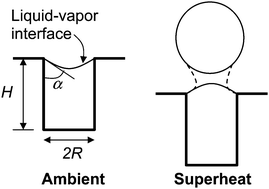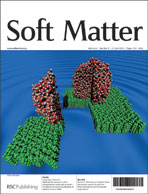Supernucleating surfaces for nucleate boiling and dropwise condensation heat transfer
Abstract
Roughness-based superhydrophobic surfaces have been extensively studied over the past decade. The primary objective in most of those studies has been to mimic nature, e.g. lotus leaves, to produce low-drag and/or self-cleaning surfaces. However, other applications of such engineered surfaces are being explored. Recent work on using superhydrophobic or superhydrophilic surfaces for dropwise condensation or nucleate boiling heat transfer applications is highlighted here. It is known that nucleate boiling as opposed to film boiling, and dropwise condensation as opposed to filmwise condensation can lead to much higher heat transfer coefficients. This can significantly improve the energy efficiency in variety of engineering applications. The key idea, e.g. in boiling applications, is to design supernucleating surfaces that provide ample nucleation sites for vapour bubbles to form but at the same time delay the formation of a vapour film next to the surface. It has been shown that this can be achieved by using rough superhydrophilic surfaces that provide roughness-based cavities or defects as nucleation sites. Similarly, superhydrophobic surfaces that encourage dropwise condensation are also envisaged. The goal of this article is also to summarize the key issues and challenges in designing supernucleating surfaces and to speculate approaches to overcome the challenges.


 Please wait while we load your content...
Please wait while we load your content...